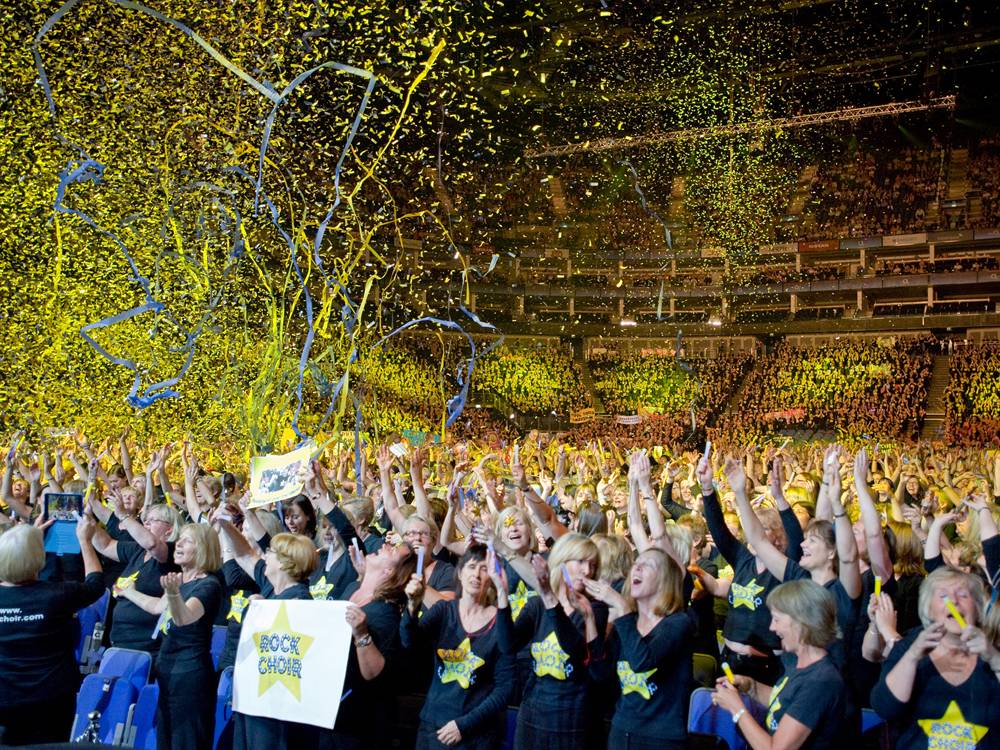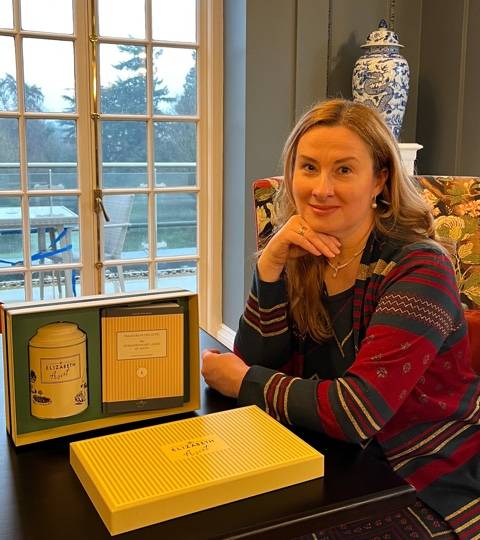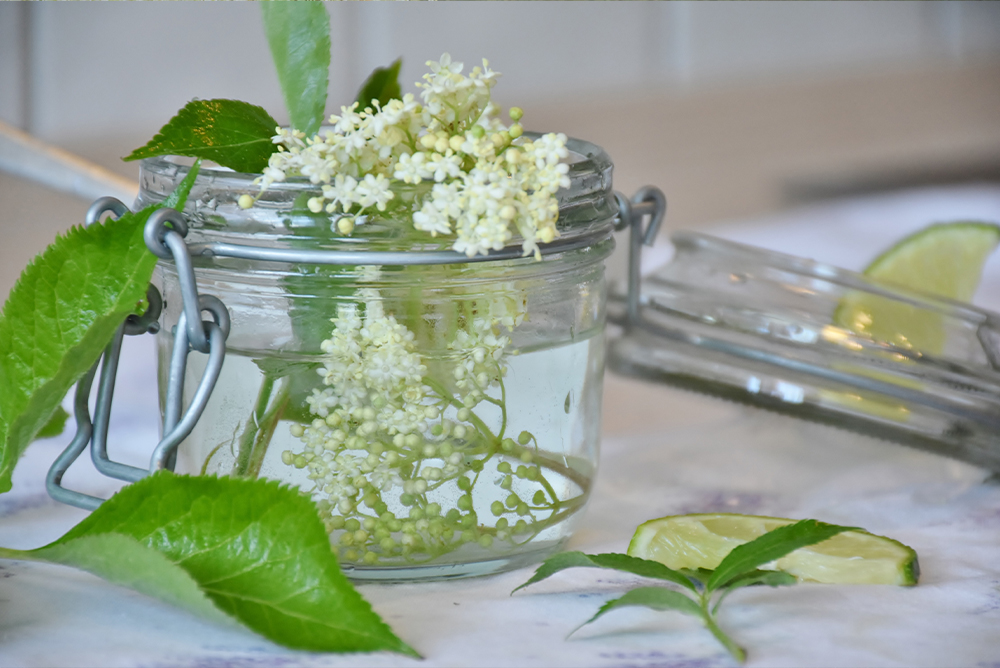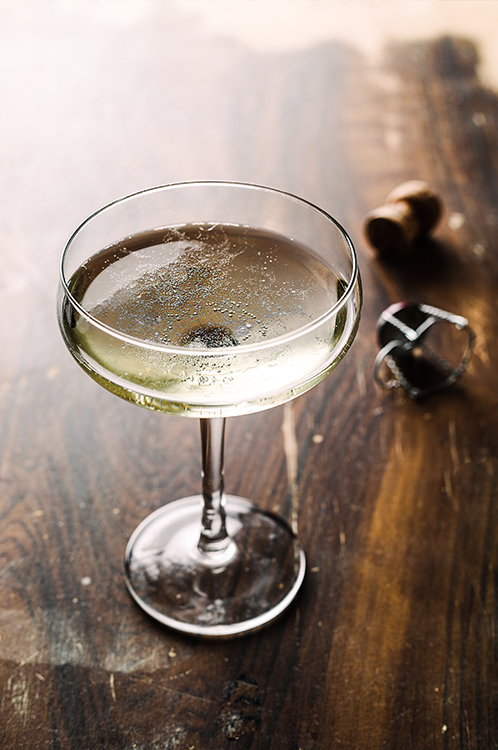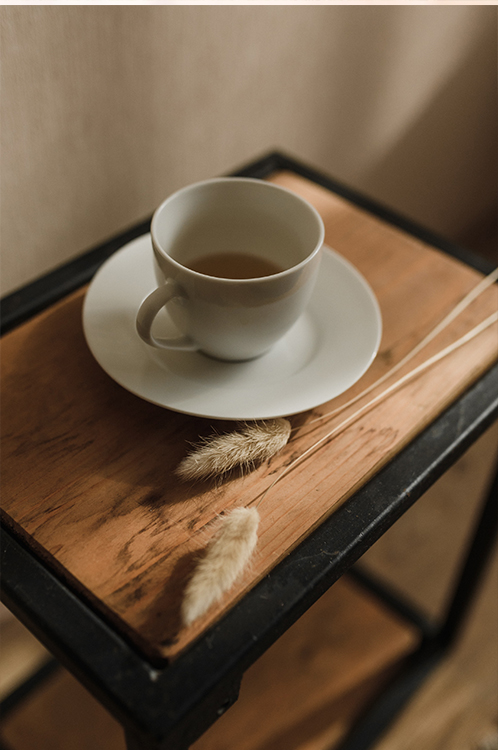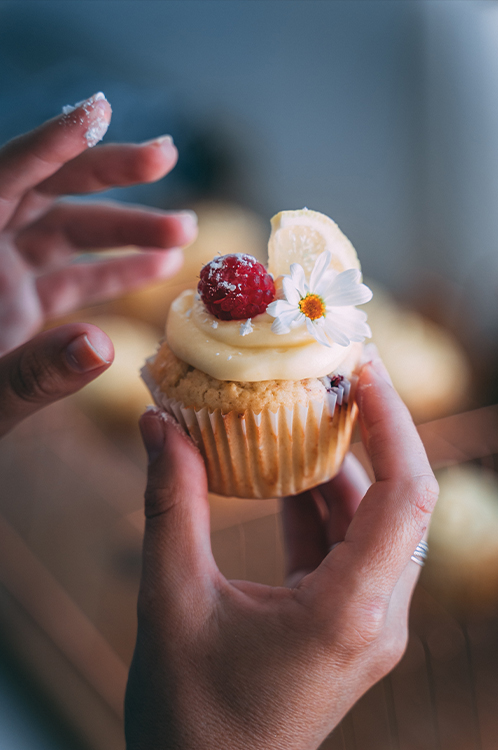Bird & Blend Tea Co brings its tea mixology innovation to Surrey with an array of tea-licious flavours
Bird & Blend are taking the humble cuppa to the next level with the opening of their new shop in Market Street, Guildford on Friday, 22nd November.
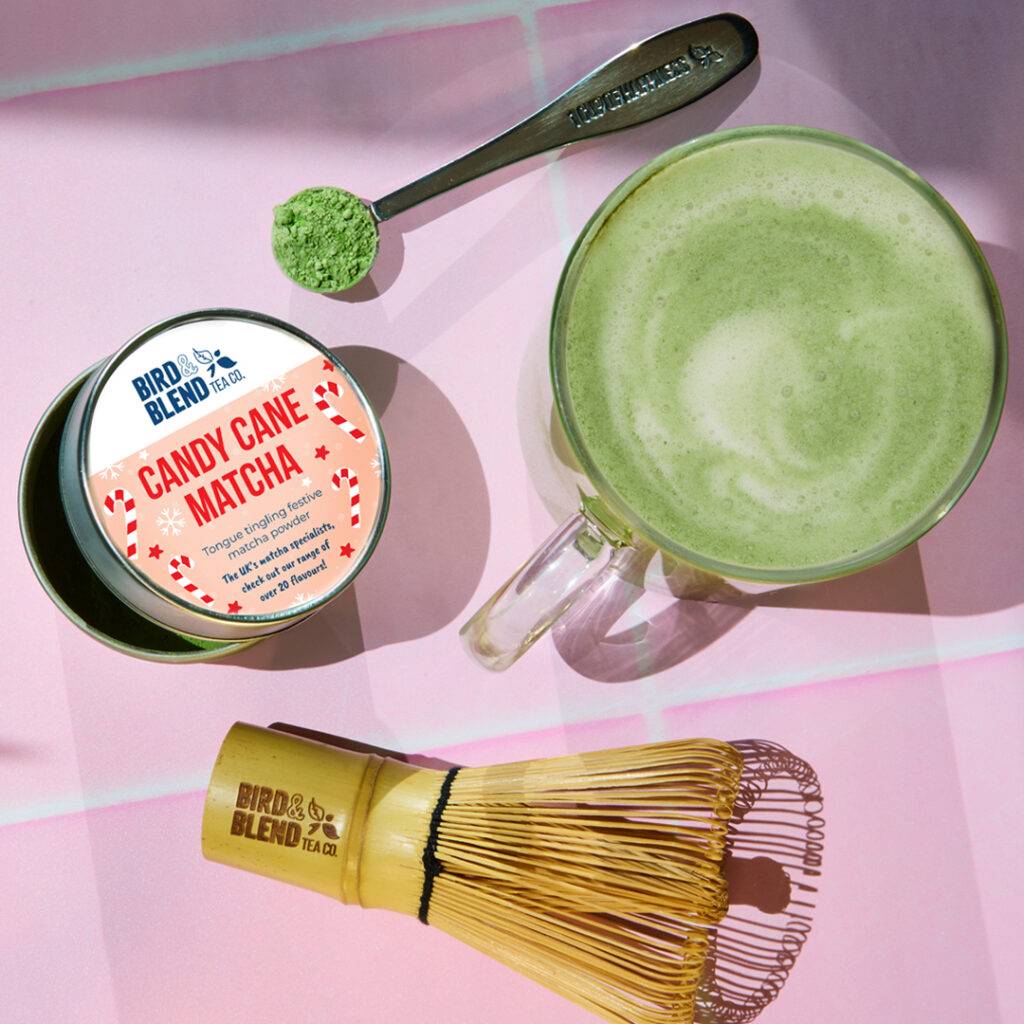

Offering an imaginative and magical customer journey, Bird & Blend Tea Co. create a fun, interactive in-store experience, mixing award winning, tea-based drinks. Flavours as inventive as Birthday Cake and Strawberry Lemonade to Chocolate Digestives, alongside firm favourites Builders Breakfast Brew, Earl Grey Crème and many more will be available alongside a brand new limited edition flavour, created exclusively for Guildford, called ‘Surrey Hills,’ a green tea packed with English berries to reflect the town’s beautiful countryside surroundings.
Retail stores are the heart of Bird & Blend Tea Co., alongside its ecommerce business, and in addition to mixing tea, the Guildford team of six will also host live free Matcha tea demos, offer a tea matching service, showcase new and innovative flavour combinations, run mixology masterclasses, events and so much more. The Guildford team are passionate about spreading happiness one cup of tea at a time…the new roles really are TEA-riffic.
The store will showcase its range of teas, and the largest Matcha tea range that can be found in the UK, via its bespoke Tea Wall display, alongside the wide range of tea tools and utensils and its takeaway tea bar. The store will even run its own award-winning Mixology Workshops, where guests can learn all about tea and even blend their own to take home!
At the opening party, on 5th December, guests will be treated to Bird & Blend’s signature Spiced Rum Chai or Strawberry Lemonade Drop on arrival. The first 50 customers will also receive an exclusive Guildford goody bag and lots of free tea. There will be plenty of seasonal samples for guests to taste, alongside the Guildford store blend, Surrey Hills.
With its arrival in Guildford, the team at the new store has nominated local charity Guildford Institute as its charity of the quarter, raising money and awareness to support the charity’s mission to provide an educational, cultural and social community hub in the heart of the town offering a special place for people of all backgrounds to meet, learn and explore. In store fundraising activities will raise funds and 50% of the in store profits of Surrey Hills will be donated.
Bird & Blend Tea Co. was founded by Krisi Smith and Mike Turner, who met at university. The brand is leading the way in tea innovation in the UK; creating a range of over 100 exciting tea flavours by blending ingredients including herbs, flowers, fruits, caramel, chocolate… & even cake sprinkles.
Co-Founder & Managing Director of Bird & Blend Tea Co., Mike said: “Customer experience is at the heart of everything we do. Alongside the fast growth of the digital side of our business, we’re proudly continuing to invest in local high streets too. We see our stores as not just retail spaces, but as community hubs where customers can come to make connections with one another and our team, and enjoy interacting with our teas. For us, there will always be a place for magical in-person experiences and we’re delighted to be arriving in Guildford.”










